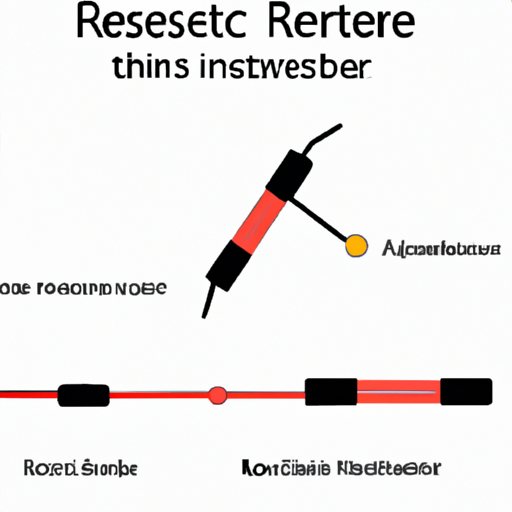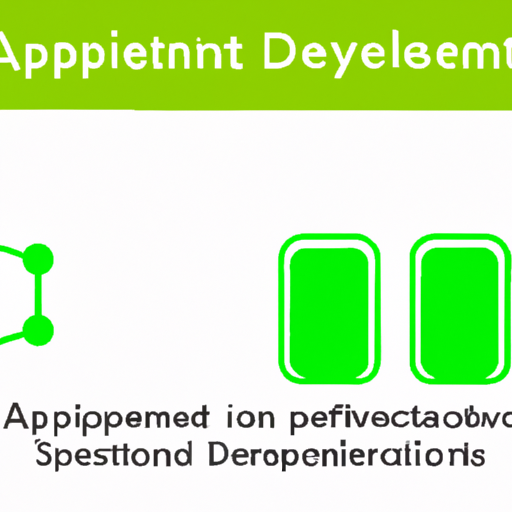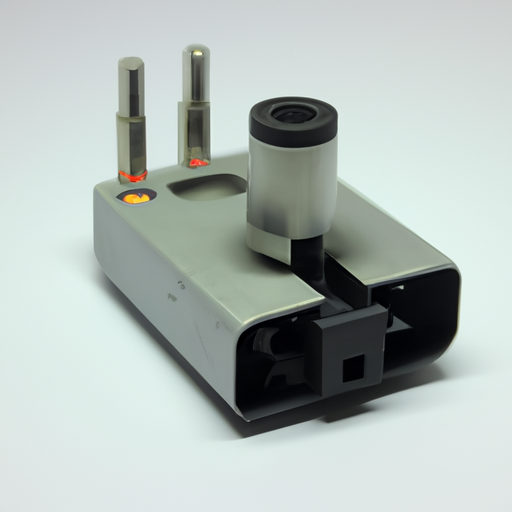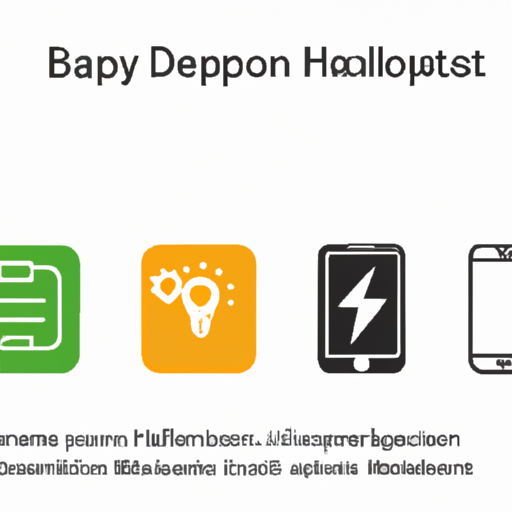The Evolution of Renewable Energy: A Path Towards a Sustainable Future
I. Introduction
As the world grapples with the pressing challenges of climate change and environmental degradation, the importance of renewable energy has never been more pronounced. Renewable energy refers to energy derived from natural sources that are replenished at a faster rate than they are consumed. This includes solar, wind, hydro, biomass, and geothermal energy. Transitioning to renewable energy is crucial for reducing greenhouse gas emissions, enhancing energy security, and fostering sustainable economic growth. This article will explore the historical context of energy sources, the various types of renewable energy, the current state of the industry, technological innovations, policy implications, and future prospects for a sustainable energy landscape.
II. Historical Context of Energy Sources
A. Traditional Energy Sources: Fossil Fuels and Their Impact
For centuries, fossil fuels—coal, oil, and natural gas—have been the backbone of global energy production. The Industrial Revolution marked a significant turning point, as these energy sources powered factories, transportation, and urbanization. However, the environmental consequences of fossil fuel consumption have become increasingly evident. The burning of fossil fuels releases carbon dioxide and other greenhouse gases, contributing to global warming and air pollution. The historical reliance on these energy sources has led to a climate crisis that necessitates a shift towards more sustainable alternatives.
B. The Emergence of Renewable Energy
The quest for cleaner energy solutions began in earnest in the late 20th century. Early uses of renewable energy can be traced back to ancient civilizations that harnessed wind and water for milling grain and sailing. However, it wasn't until the 1970s energy crisis that significant investments were made in renewable technologies. Technological advancements in solar panels, wind turbines, and hydroelectric systems have paved the way for modern renewable energy solutions, making them more efficient and cost-effective.
III. Types of Renewable Energy
A. Solar Energy
Solar energy harnesses sunlight through photovoltaic cells or solar thermal systems. Photovoltaic panels convert sunlight directly into electricity, while solar thermal systems use sunlight to heat water or air for residential and commercial use. The benefits of solar energy include its abundance, low operating costs, and minimal environmental impact. However, challenges such as high initial costs, land use, and energy storage remain.
B. Wind Energy
Wind energy is generated by converting the kinetic energy of wind into electricity using wind turbines. These turbines can be installed onshore or offshore, with offshore wind farms often yielding higher energy outputs due to stronger and more consistent winds. The advantages of wind energy include its low emissions and the potential for job creation in manufacturing and maintenance. However, limitations such as noise, visual impact, and the need for suitable locations can pose challenges.
C. Hydropower
Hydropower is one of the oldest and most widely used forms of renewable energy. It generates electricity by harnessing the energy of flowing water, typically through dams. While hydropower is a reliable and efficient energy source, it can have significant environmental impacts, including habitat disruption and changes to water quality. Sustainable practices, such as run-of-the-river systems and fish-friendly turbines, are being developed to mitigate these effects.
D. Biomass and Biofuels
Biomass energy is derived from organic materials, such as plant and animal waste. It can be converted into biofuels, which can replace gasoline and diesel in transportation. Biomass plays a dual role in energy production and waste reduction, as it utilizes materials that would otherwise contribute to landfill waste. However, concerns about land use, food production, and emissions from biomass combustion must be addressed to ensure sustainability.
E. Geothermal Energy
Geothermal energy taps into the Earth's internal heat to generate electricity or provide direct heating. Geothermal systems can be used for residential heating and cooling, as well as for large-scale power generation. The potential for geothermal energy is vast, particularly in regions with high geothermal activity. However, challenges such as site-specific resource availability and high upfront costs can limit its widespread adoption.
IV. The Current State of Renewable Energy
A. Global Statistics and Trends
The renewable energy sector has experienced remarkable growth in recent years. According to the International Renewable Energy Agency (IRENA), global renewable energy capacity reached over 2,800 gigawatts (GW) in 2020, with solar and wind energy leading the charge. Countries like China, the United States, and Germany are at the forefront of renewable energy production, investing heavily in infrastructure and technology.
B. Economic Impact
The transition to renewable energy is not only an environmental imperative but also an economic opportunity. The renewable energy sector has become a significant source of job creation, with millions of jobs in manufacturing, installation, and maintenance. Investment trends indicate a growing interest in renewable technologies, with governments and private sectors offering financial incentives to promote clean energy solutions.
V. Technological Innovations in Renewable Energy
A. Advances in Solar Technology
Recent advancements in solar technology have led to the development of more efficient solar cells, such as bifacial panels that capture sunlight from both sides. Energy storage solutions, like lithium-ion batteries, are also improving, allowing for better integration of solar energy into the grid.
B. Innovations in Wind Turbine Design
Wind turbine design has evolved significantly, with larger and more efficient turbines being deployed. Innovations such as vertical-axis turbines and floating wind farms are expanding the potential for wind energy generation in diverse locations.
C. Smart Grid Technology
Smart grid technology plays a crucial role in the efficient distribution of renewable energy. By utilizing advanced communication and automation technologies, smart grids can optimize energy flow, integrate renewable sources, and enhance grid reliability.
D. Emerging Technologies
Emerging technologies, such as tidal energy and hydrogen fuel cells, hold promise for the future of renewable energy. Tidal energy harnesses the gravitational pull of the moon and sun, while hydrogen fuel cells offer a clean energy source for transportation and power generation.
VI. Policy and Regulation
A. Government Initiatives and Incentives
Governments worldwide are implementing policies and incentives to promote renewable energy adoption. These include tax credits, grants, and feed-in tariffs that encourage investment in clean energy technologies.
B. International Agreements
International agreements, such as the Paris Agreement, aim to unite countries in the fight against climate change. These commitments emphasize the need for a transition to renewable energy to achieve global climate goals.
C. Challenges in Policy Implementation
Despite progress, challenges remain in policy implementation and public acceptance. Misinformation, political resistance, and vested interests in fossil fuels can hinder the transition to renewable energy.
VII. Future Prospects of Renewable Energy
A. Predictions for Renewable Energy Growth
The future of renewable energy looks promising, with projections indicating continued growth in capacity and investment. The International Energy Agency (IEA) anticipates that renewables will account for a significant portion of global energy supply by 2040.
B. Achieving Net-Zero Emissions
Renewable energy will play a pivotal role in achieving net-zero emissions by mid-century. Transitioning to clean energy sources is essential for reducing carbon footprints and mitigating climate change impacts.
C. Challenges and Barriers
While the prospects are bright, challenges such as technological limitations, infrastructure needs, and public acceptance must be addressed to ensure the successful transition to renewable energy.
VIII. Conclusion
The evolution of renewable energy represents a critical step towards a sustainable future. As we face the realities of climate change and environmental degradation, the transition to renewable energy sources is not just an option; it is a necessity. Individuals, businesses, and governments must work together to embrace renewable technologies, implement supportive policies, and foster public awareness. By doing so, we can pave the way for a cleaner, greener, and more sustainable world powered by renewable energy.
IX. References
1. International Renewable Energy Agency (IRENA). (2021). Renewable Capacity Statistics 2021.
2. International Energy Agency (IEA). (2020). World Energy Outlook 2020.
3. United Nations Framework Convention on Climate Change (UNFCCC). (2015). Paris Agreement.
4. National Renewable Energy Laboratory (NREL). (2021). Renewable Energy Data Book.
5. U.S. Department of Energy. (2020). 2020 Wind Technologies Market Report.
This article provides a comprehensive overview of the evolution of renewable energy, highlighting its significance, current trends, and future prospects. By understanding the importance of renewable energy, we can collectively work towards a sustainable future.













